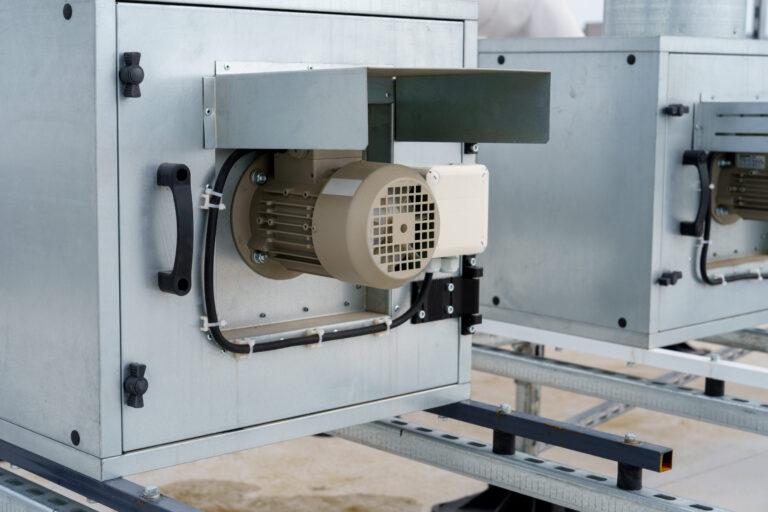Streamlining your accounts payable (AP) workflow is essential in increasing efficiency and reducing manual workload. Automation has consistently proven to be one of the most effective ways to optimize your AP processes. This article discusses how implementing AP automation solutions can make your business more productive and cost-effective. Keep reading to learn more.
Understanding the Benefits of AP Automation

AP automation offers a wide range of advantages over traditional AP processes. It significantly reduces the time spent on manual tasks, such as data entry, invoice approval, and payment authorization. By automating these tasks, employees are free to focus on more valuable tasks and contribute more effectively to the company’s goals. This reduces the chance of human errors and allows for greater accuracy and compliance with regulations.
Another significant benefit is the cost savings associated with reduced manual work. Companies that have implemented AP solutions often experience a substantial reduction in operational costs. This is due to decreased labor expenses, more efficient use of personnel, and a minimized need for additional staff to manage the AP process.
Lastly, AP automation provides better visibility into your financial operations. By having access to real-time data and analytics, businesses can make more informed decisions and improve cash management. This includes identifying potential bottlenecks, monitoring vendor relationships, and optimizing payment schedules to take advantage of early-payment discounts or avoid late-payment penalties.
Incorporating AP Automation Solutions Into Your Workflow
Integration is a crucial step in moving towards AP automation. Start by identifying areas in your AP process that require the most time and effort, such as manual data entry and invoice approvals. Focus on implementing automated solutions for these tasks to maximize the benefits of automation. Ensure the AP automation software you choose is compatible with your existing accounting systems and software for a seamless transition.
Training your employees on using the new automation software is key to embracing its benefits. Provide them with the necessary resources and support to understand the features and functionalities of the software. Establish clear roles and responsibilities for employees who will be managing the automated processes. This ensures that everyone in the organization is on board with the new system and understands its purpose and benefits.
Lastly, continuously evaluate the performance of your AP automation solutions to ensure they are meeting your business objectives. Track key performance indicators (KPIs) such as cost savings, time reduction, and error rates to measure the effectiveness of the automation process. Make adjustments and improvements as needed to optimize efficiency and productivity.
Adopting Best Practices for AP Automation
Investing in the right AP automation solution is only part of the equation. Businesses must also adopt best practices that enable them to reap the full benefits of automation. These include setting up standard operating procedures (SOPs) for each automated task, ensuring proper controls and approvals are in place, and streamlining communication between departments involved in the AP process.
Effective vendor management plays a significant role in a streamlined AP workflow. Ensure you have a centralized database for vendor information to minimize potential discrepancies and errors when processing invoices. Encourage your vendors to send invoices electronically, reducing manual data entry and promoting a faster, more organized AP process.
Develop strong internal controls and establish a clear approval chain for invoice processing. Include checks and balances for detecting fraudulent invoices and unauthorized transactions. Regular audits can be useful in identifying weaknesses in your AP automation process, allowing you to address any issues before they impact your business negatively.
Preparing for the Future of AP Automation

As technology advances and businesses continue to become more digitized, staying ahead of the curve is essential for maintaining a competitive edge. Keep an eye on emerging technologies and trends that can improve your AP processes, such as artificial intelligence, machine learning, and blockchain.
Invest in user-friendly software that facilitates scalability and can adapt to your business’s evolving needs. Adopting advanced AP automation solutions allows you to streamline your current processes and prepare your organization for future growth and technological advancements.
By understanding these benefits, your organization will be better positioned to thrive in an increasingly competitive market.






